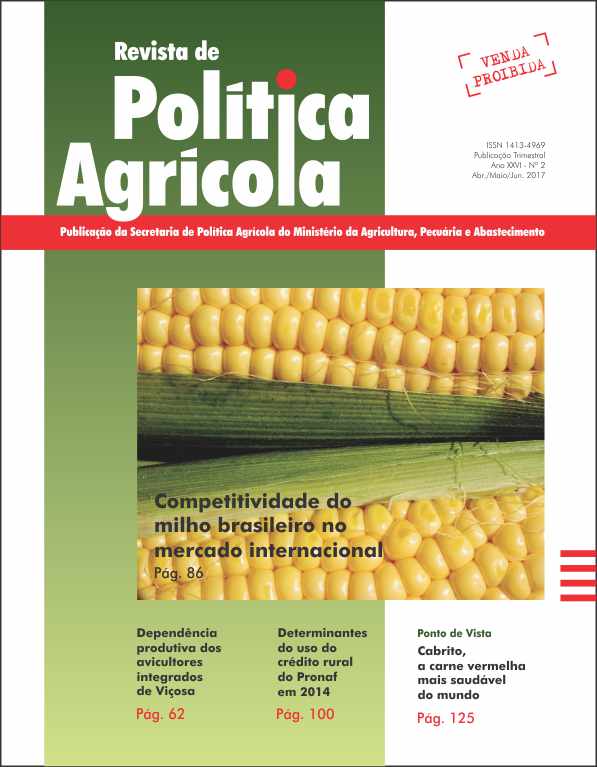Palm in Brazil – feasibility of producing oil or biodiesel?
Keywords:
economic analysis, production costs, palm, economic indicators, National Biodiesel Production ProgramAbstract
Palm oil is the most produced vegetable oil in the world, but Brazilian production does not meet domestic demand. The Brazilian government encouraged the cultivation of palm in the northern region of the country, due to its high productivity and potential for inclusion in the biodiesel agenda. However, by 2015, palm oil accounted for only 0.1% of Brazilian biodiesel production. This study contextualizes and presents the bottlenecks of the palm production chain in Brazil and analyzes the economic feasibility of a project with processing capacity of 51.7 bunches of fresh fruits per hour for biodiesel vs. palm oil production. The production chain presents technical bottlenecks as infrastructure, mechanization and availability of seeds. While high investment and long-term return makes it difficult for the family farmer integration, currently, both biodiesel and palm oil production are viable. However, the production of palm oil is more interesting in economic terms (IRR of 45.44% vs. 25.37%). However, biodiesel production becomes more viable with prices above $633.12/m3 or crude palm oil prices below $560.34/t.Downloads
How to Cite
Reis, H. F. A. F., de Lima, L. P., & Perez, R. (2017). Palm in Brazil – feasibility of producing oil or biodiesel?. Revista De Política Agrícola, 26(2), 20–30. Retrieved from https://rpa.sede.embrapa.br/RPA/article/view/1269
Issue
Section
Artigos Científicos


